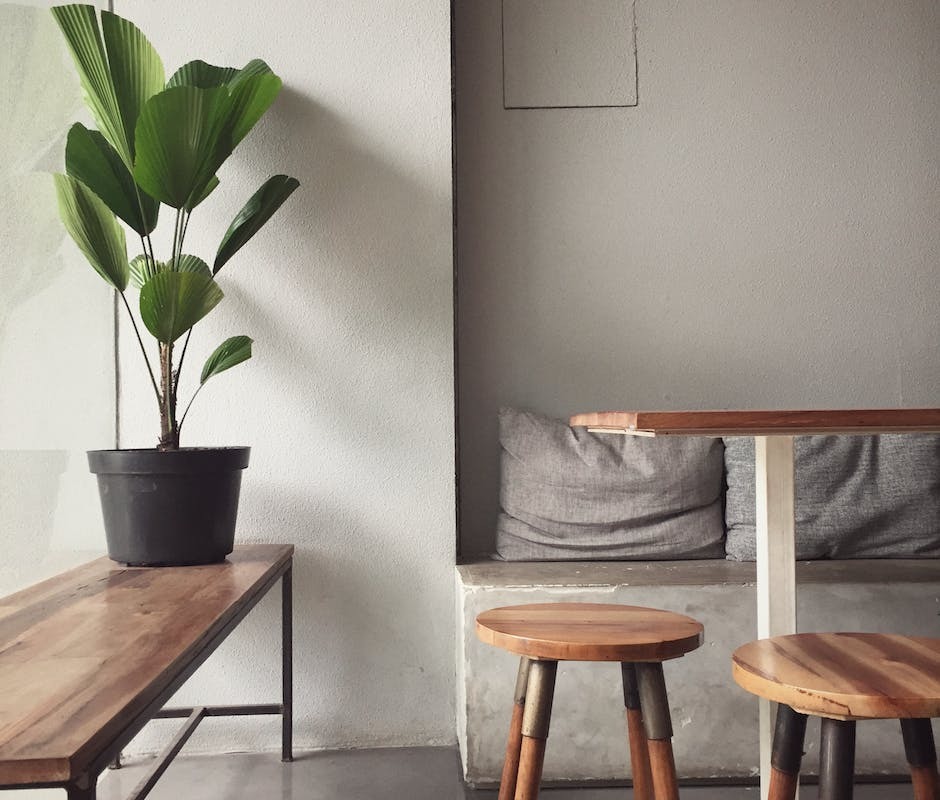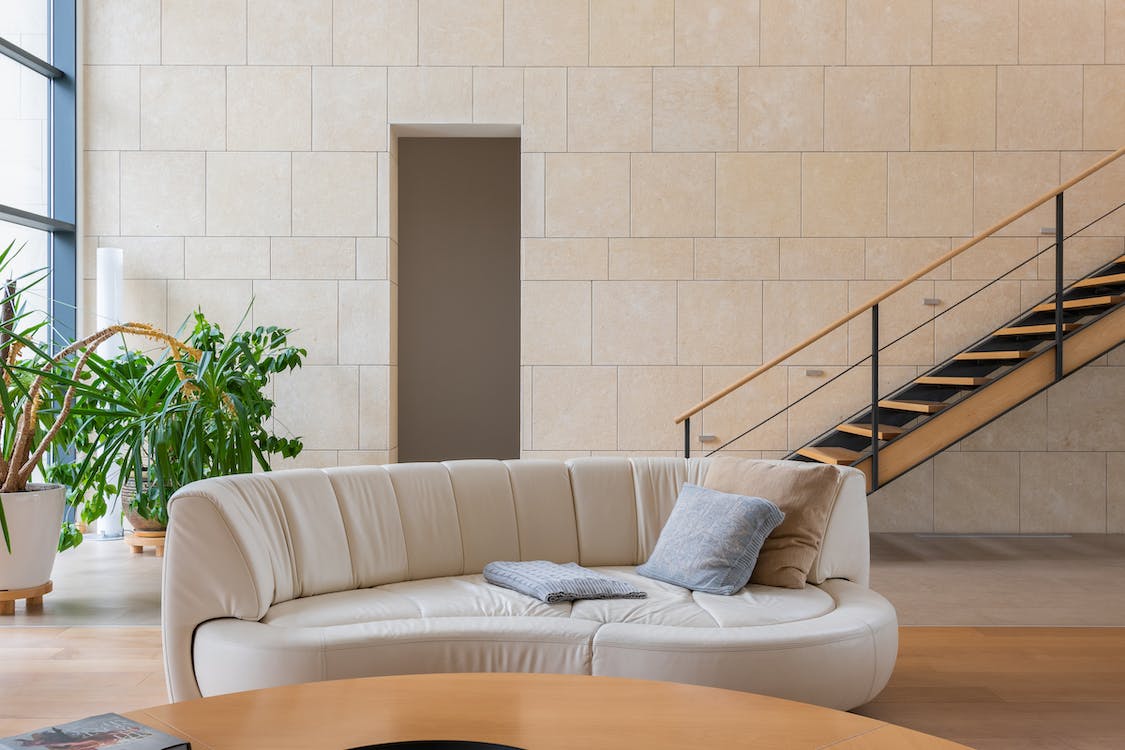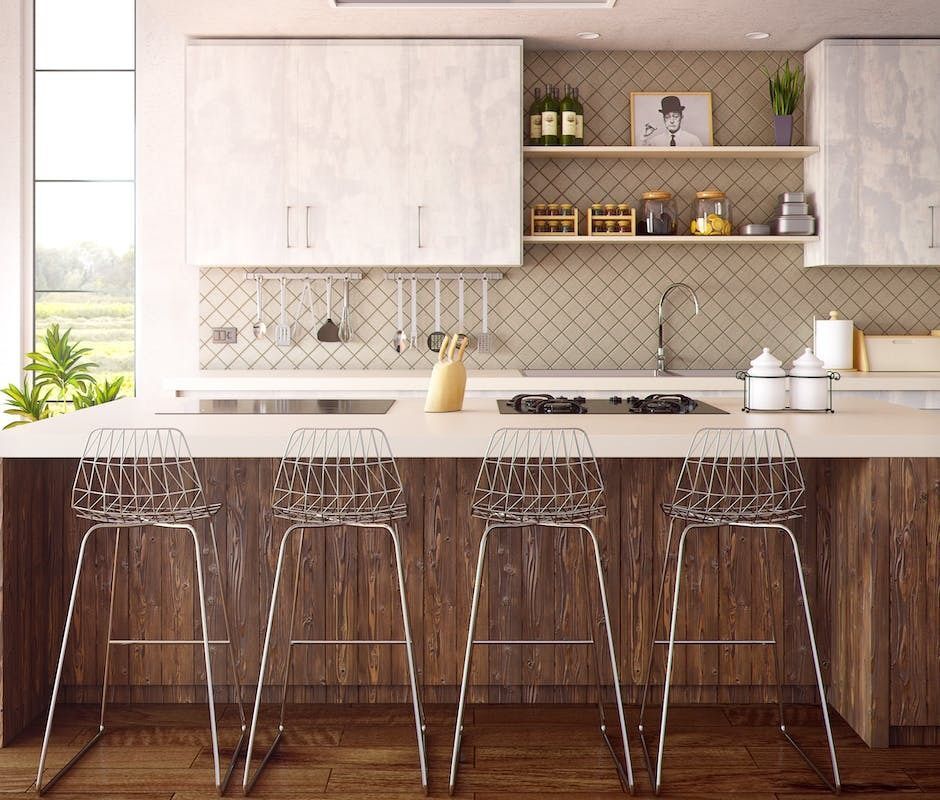Have you ever walked into someone’s house and thought “Wow, they’ve really nailed their style?” It’s more than just being “on-trend.” Sustainable interior design – something you can create in your own home – has a huge impact on your health, the environment, and even your budget. With the right pieces, textures, and color palettes, you can transform your home into an oasis of beauty and coziness that’s all-natural and environmentally friendly.
Designing sustainably has many benefits. Imagine a space that is calming and inviting and energy efficient. Maybe you’ve got unique pieces of furniture that you’ve kept from a family heirloom, or you’re committed to finding upcycled items that reflect your style. Maybe you’ve decided to go for local resources or avoid chemicals in your materials. You can take this one small step to make a big difference simply by transforming your home’s interior design.
It can often feel overwhelming to get started on a sustainable interior design project. Where do you even begin? Start by asking yourself what you value. Is it affordability? Eco-friendly practices? Antiquities? Figure that out first, and then get to work. Maybe you want to go for a minimalistic look or use natural items to fill your home with color. You could add some lush potted plants or hang light curtains to bring a fresh, organic feel to your space. It’s all about what you feel comfortable with.
The great thing about creating a sustainable interior design project is that it can be simple and cheap. Did you know that many of the furniture pieces we have in our homes are actually made of recycled materials and still look fantastic? Even repurposing an old item to fit your style can be a very budget-friendly way to upgrade your home without costing you a fortune. Plus, who doesn’t love finding hidden gems like those in flea markets and antique stores?
Don’t let the idea of creating a sustainable interior design project overwhelm you. That’s the beauty of it – you can customize it in any way you like. You can take it step-by-step, use items you already have, or go big with a total home makeover. The biggest challenge is finding the balance between what’s ecologically and ethically conscious, and the items that will make your home the dreamy sanctuary you’ve always wanted.
Reuse, Recreate, Restore
One of the best ways to start your sustainable interior design is to reuse what you already have in a different way. If you have old furniture that no longer fits the new style you want, repurpose it instead of throwing it out. Transform it. It’s amazing how furniture can take on a whole new look and feel with a little paint and some extra care. And, if you choose the right products and finishes, you can keep your furniture looking great for many years.
Don’t forget to be creative and to bring the outside in. Adding some greenery to your home can add gorgeous tones of color and texture. Plants, which are used extensively in sustainable interior design, provide an eco-friendly way to decorate a room and enhance air quality. You don’t need to worry about taking a ton of time to take care of them either. There are a range of low-maintenance greenery you can choose from to give your space a fresh, inviting look.
Sustainable interior design doesn’t need to be complicated or expensive; sometimes all it takes is a few changes to transform a space. Restore your old furniture, reuse items you already have, and recreate your design with thrifted items from a flea market. Your space is just waiting to be discovered.
Living Lightly with Style
Creating a sustainable interior design doesn’t mean you have to sacrifice style. Sure, you can opt for sleek, minimalist pieces that don’t draw attention, but why not pick out some pieces that will truly stand out? There are plenty of manufacturers dedicated to producing furniture and items that are both stylish and planet-friendly. Check out well-known sustainable comforts companies to get a sense of what’s available on the market.
When it comes to sustainable interior design, sometimes less is more. When you choose natural, ethically-sourced materials, you can renew the look of your home simply by making a few changes. You don’t need to be a professional designer to make a few tweaks here and there. Choose a color palette, switch out hardware, and add some plants to bring the outside in. In the end, you can create a space that’s perfect for you and those around you.
Sustainable interior design is about taking the old, keeping what’s valuable, and transforming it into something new. Did you know that there’s a whole industry dedicated to upcycling and reusing materials that are better for the environment? Redecorate your home in a way that’s both beautiful and sustainable.
Consciousness is Key
When it comes to deciding on materials and pieces for your sustainable interior design, always be mindful of the impact you’re having on the environment. Stay away from items with toxins, stick to organic materials, and buy locally whenever possible. Don’t let yourself be convinced by trends and flashy deals. Do your own research to make sure you’re being conscious about the items you’re choosing for your home.
When you create a sustainable interior design that reflects your style and values, you’re also signaling to your guests that sustainability is important to you. Talk to your guests, friends, and family about the different sustainable design choices you’ve made. Show your acquaintances that living sustainably isn’t something to be ashamed of, but something to be proud of instead.
You don’t have to be a DIY handyman to make conscious design choices. Sustainable interior design is about finding the perfect balance of style, health, and the environment. Don’t be afraid to ask for help if you don’t feel like you’re getting anywhere, and leave room for experimentation. Who knows, you might just set the stage for a stunning showpiece that you can call home.



